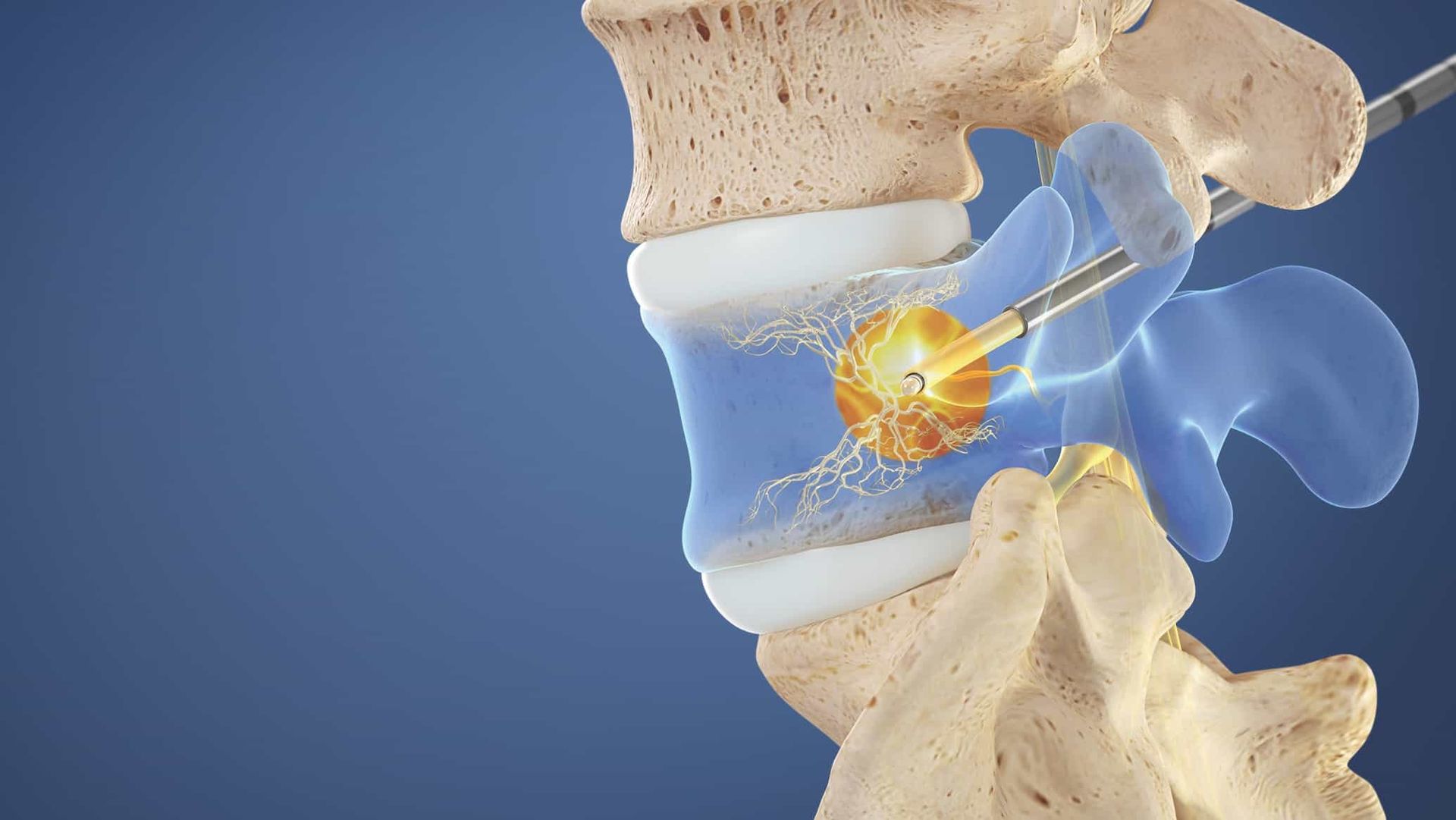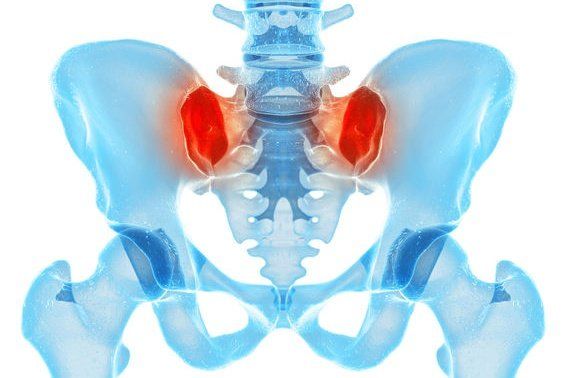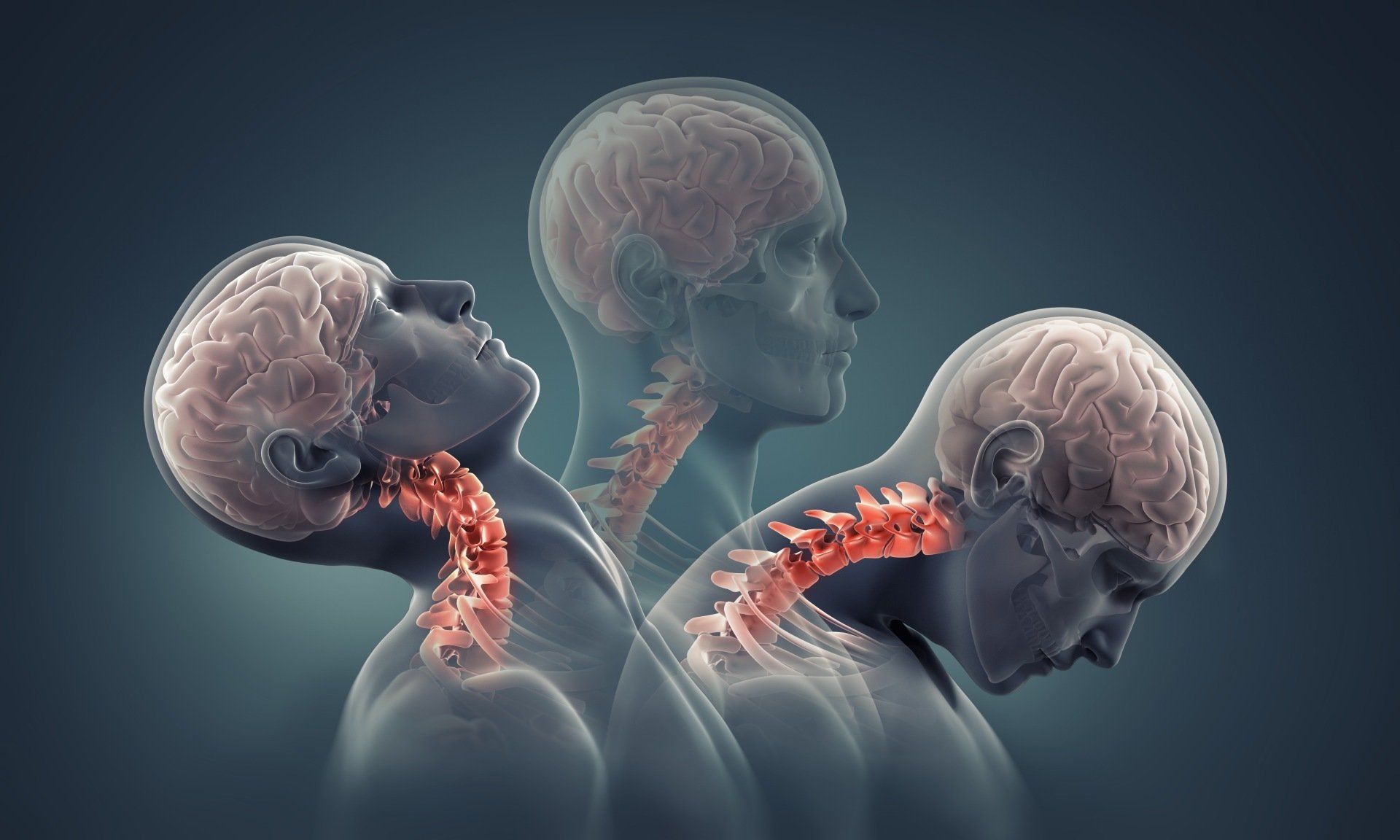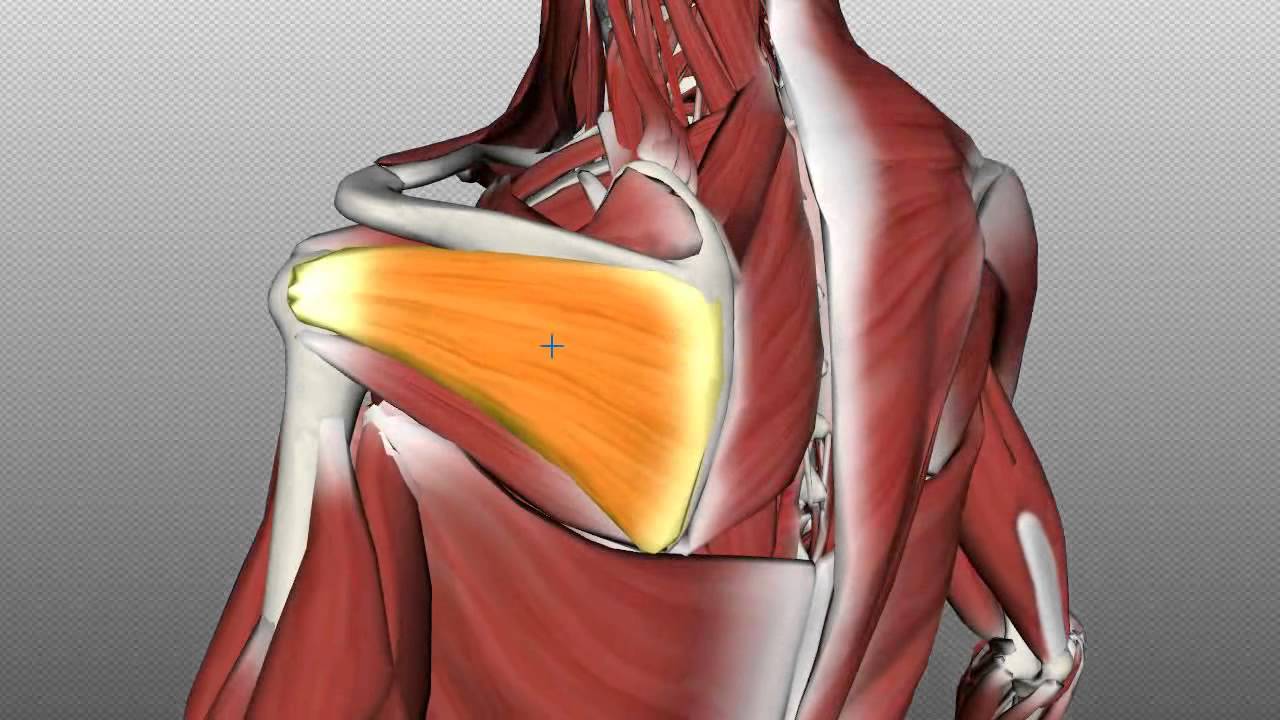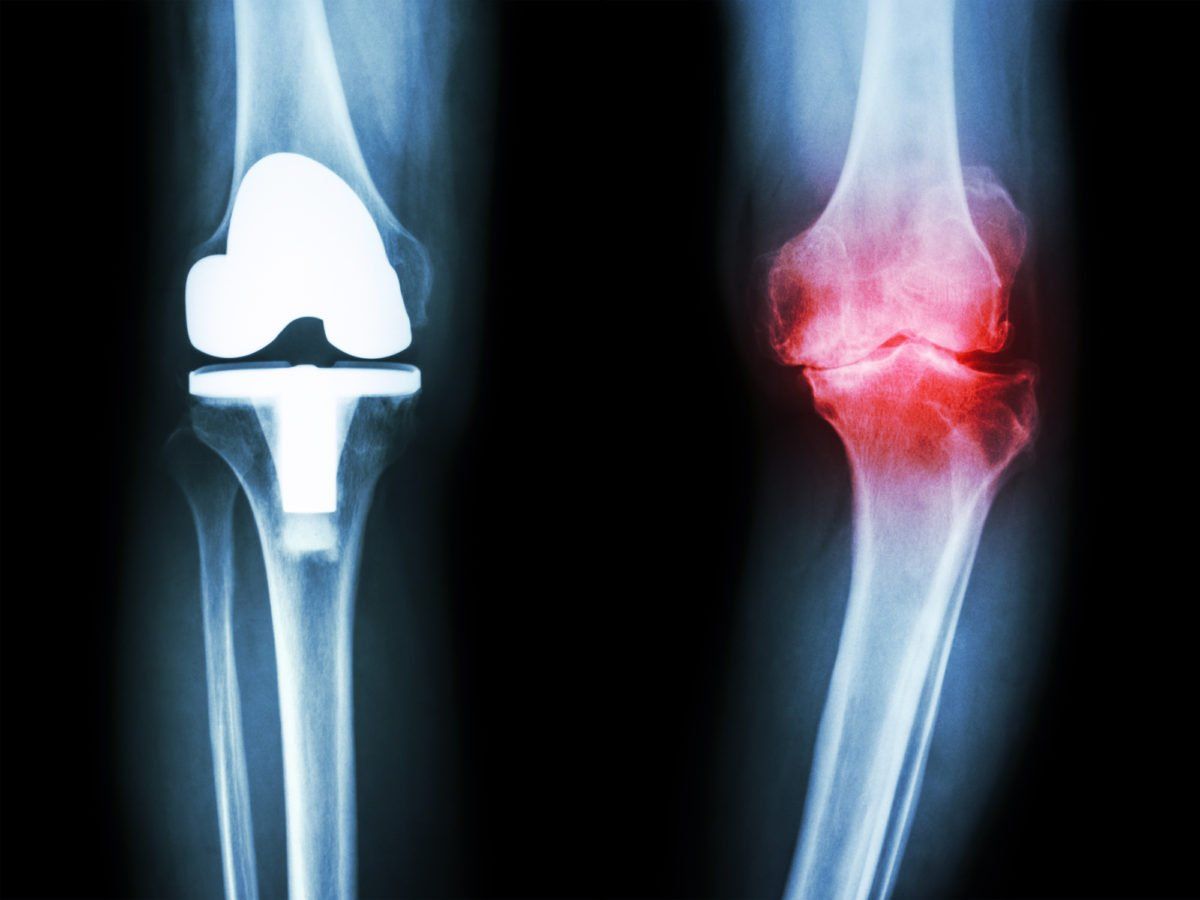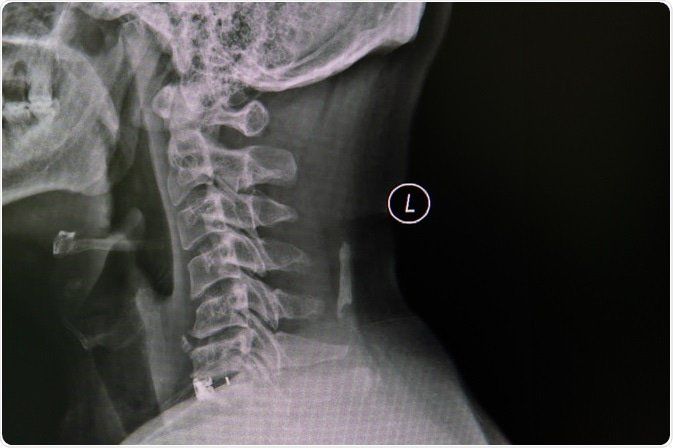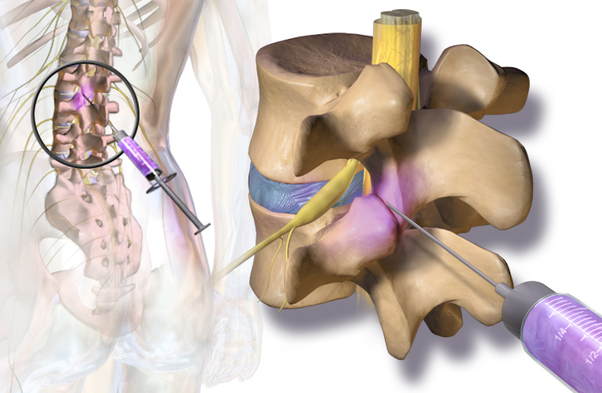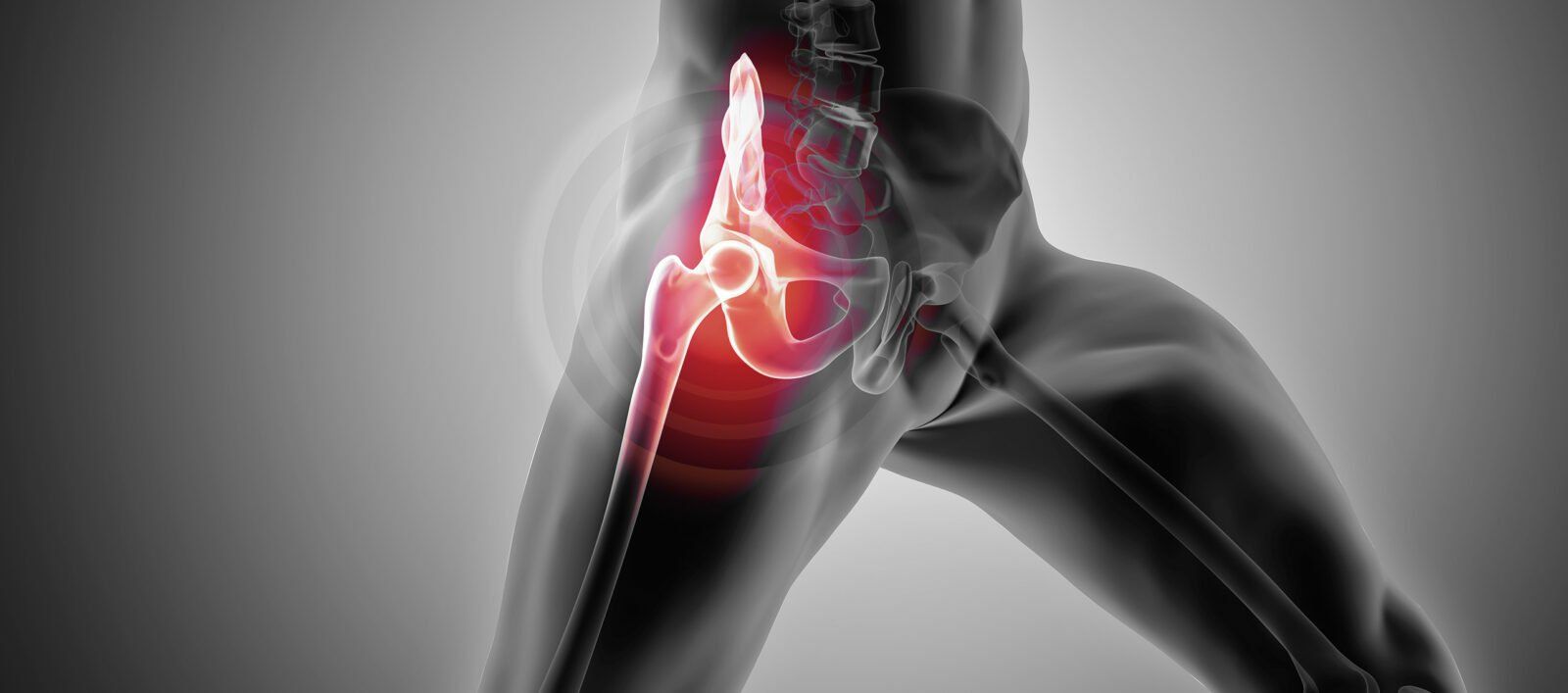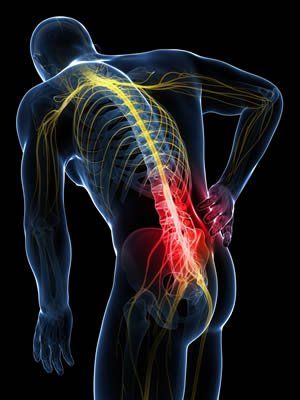Services
Exercise is Key to Preventing Back Pain Recurrence
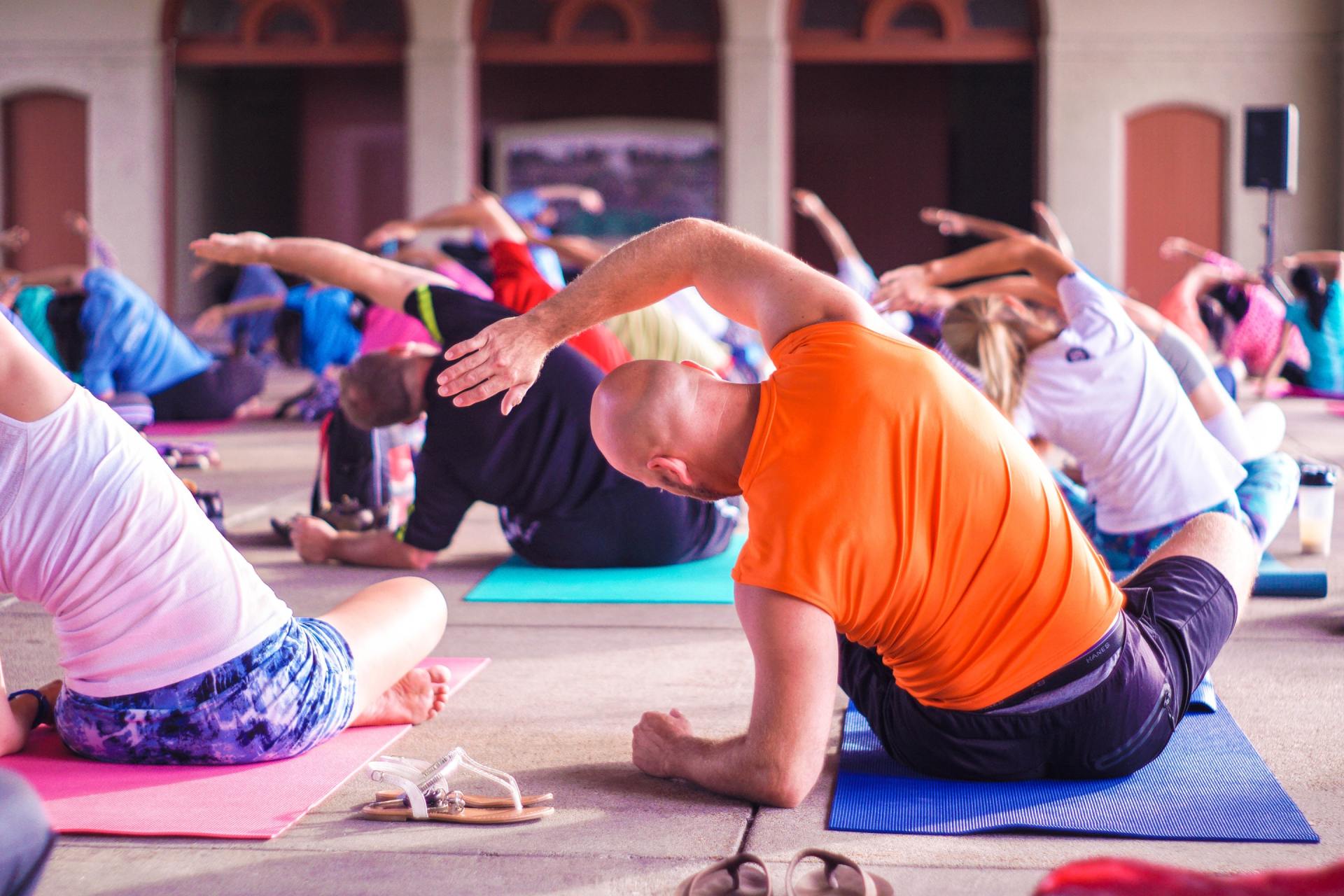
Most people in the Western world will suffer from disruptive lower back pain at some point in their lives. And studies show that about 75% of people who’ve had one bout of debilitating back pain will have another within a year, which often leads to a downward spiral of pain and a weakening in the muscles of the lower back. But there’s good news: even if you have back pain now, a commitment to the right kind of exercise will help keep future back pain at bay, according to a broad new review published in the Journal of American Medicine Association, Internal Medicine.
This comprehensive, high-quality study involved more than 30,000 participants with back pain, and systematically evaluated a range of back pain prevention tactics to determine what really works and what doesn’t. Several key prevention methods were evaluated: shoe orthotics, back belts, a variety of different exercise programs, education about lifestyle changes, and exercise programs that also included some education about back-pain prevention.
The study defined a successful prevention program as “one that had kept someone from reporting another bout of back pain within a year or longer, or that had staved off lost work time due to back problems.”
The study’s conclusion was surprising: education, back belts, and orthotics were almost totally ineffective without exercise. Heat therapy, massage, and other passive treatments without exercise were equally inconclusive in their effectiveness. It was only the exercise programs – alone, or with education about lifestyle changes – that proved their mettle in this vast and rigorous study. Exercise with education reduced the incidence of another episode of back pain in the following year by 45 percent, or almost half.
Further, the type of exercise regimen didn’t much matter. Whether the program focused on strengthening the core and back muscles, or whether it combined aerobic conditioning with strength and balance training, as long as the person exercised regularly, —that is, two to three sessions per week, every week—their chance of low back pain recurrence was significantly reduced.
It’s possible that one type of exercise program is better than others, but this particular study didn’t focus on evaluating types of exercise regimens in great detail. The important takeaway from this groundbreaking study is that for most people, it is within your power to keep the low back strong.
The team that conducted this research intends to mount future studies that would compare different routines and follow participants for several years, to determine the long-term benefits of the various fitness programs.
Before you dive into a back-strengthening workout, your health professional should determine that you have no serious injuries and each of these movements is safe for you. Then try this menu of exercises, designed by a Certified Strength and Conditioning Specialist to prevent and treat lower-back pain: Eight Moves to Boost Back Resiliency
